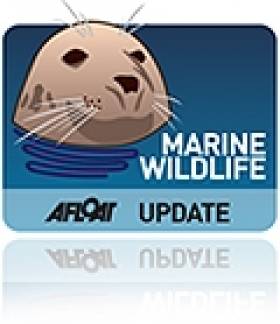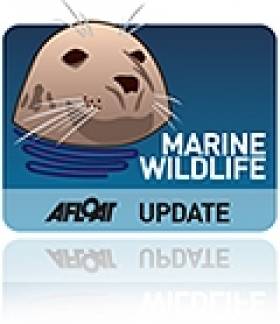Displaying items by tag: Leona
#MarineWildlife - Leona the Loggerhead's last known whereabouts put her swimming south of the Canary Islands after her successful release last week, according to The Irish Times.
The female sea turtle jetted off with Aer Lingus to the warmer waters off northwest Africa after almost a year in rehabilitation at the Galway Atlantaquaria, following her lucky discovery on a beach at Quilty, Co Clare.
As the video of her release shows, Leona took to the water with ease - after a little human help - and is now likely looking for suitable feeding grounds of the coast of Morocco.
“She hasn’t swum north yet – but if she does head northeast, we would hope she would head for the Mediterranean, where there is a turtle colony,” said Joanna Casserley, who flew with Leona in economy class to Las Palmas a week ago.
The Irish Times has much more on the story HERE.
Loggerhead Turtle Will Fly To New Home Next Week
#MarineWildlife - There's some great news for Leon - or Leona - the loggerhead turtle, who will finally be jetting off to her new home next week.
According to RTÉ News, the Irish Whale and Dolphin Group (IWDG) has arranged special transport with Aer Lingus for the turtle, who spent much of this year being nursed back to health by Galway Atlantaquaria staff after she was found beached at Quilty in Co Clare last November.
Plans were made to relocate her to the much more hospitable climes of the Canary Islands last month, but safe transport was a stumbling block, prompting the IWDG to put out a call earlier this month for berthage on a private jet.
But thanks to the intervention of Dublin Zoo, Galway Atlantaquaria and Rod Penrose of the UK Cetacean Strandings Investigation Programme, suitable travel arrangements have been made with Are Lingus to fly the turtle - with two carers - direct to Las Palmas, from where her future exploits in the wild can be followed online.

























































